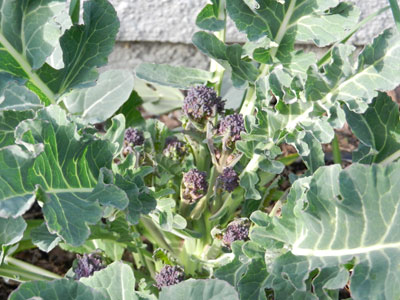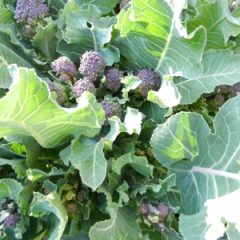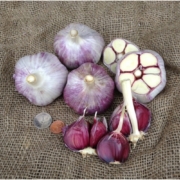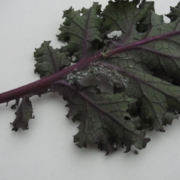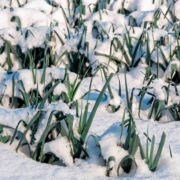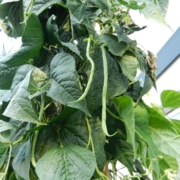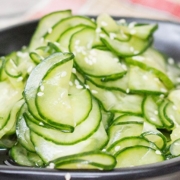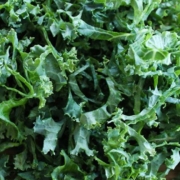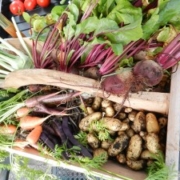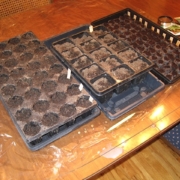Heads Up, It’s Time To Think About Winter Veggies
By Faye
How strange to be writing an article about growing vegetables in winter in the same newsletter as one on pruning tomatoes, but the reality is that now is definitely the time to start planning what, where and when to grow. Read on…
Definition of Winter Vegetable Gardening:
When we talk about growing vegetables in winter, we don’t mean planting in winter, we mean planting in the summer, and eating in the fall, winter or early spring. There are two types of winter gardening:
Summer planting, fall and winter harvest.
Such crops as kale, chard, carrots, beets, parsnips, lettuce, arugula, leeks and salad greens can be enjoyed all summer with harvests continuing during the winter. Root veggies are perfectly happy to stay in the ground until early next spring, and such things as kale, corn salad (Mache) and Brussels sprouts are even sweeter after having been kissed by frost. Brussels sprouts seeded now will be ready by fall, but only if you get the seeds in very soon.
Summer planting, spring harvest.
The most important overwintered crop is Purple Sprouting Broccoli, a true biennial, which needs winter cold to finish its life cycle in the spring. Its delicious side shoots are actually its attempt to make flowers and set seed, but as long as we keep harvesting, we can prolong the life of the plant until March or April, after which it is time to let it properly go to flower and finish.
Technically all of the brassicas, leeks, carrots and beets are biennials too, but we normally harvest them before this final stage of their life.
Spinach is really in a class of its own, but the main harvest is in the spring so I will include it here. Spinach bolts to seed with long daylight hours or with extreme heat. That is why it’s so hard to grow a long crop of spinach in the spring, as it will always bolt by May or June, no matter how healthy it is. Having tried many times, my best success was to plant in September, keep it in the greenhouse (or coldframe) all winter, and wait for the explosion of gorgeous green growth in the spring. I’ll never grow spinach any other way now.
Are there pests to look out for?
Unfortunately, there are serious pests that can frustrate even the most dedicated gardener. Mainly there is the Carrot Rust Fly and the Imported Cabbageworm; both of which can be kept at bay with ProtekNet, a very fine mesh netting that excludes these critters from laying their eggs on our crops. Slugs can be a problem in wet winters, but they are easily controlled.
Starting your winter crops in summer gives them time to become full sized plants by Halloween, which gives them the strength to withstand the challenges of winter and reward you with the most delicious food you have ever tasted. Winter vegs starts are available in early August, but if you prefer to grow from seed, it’s time to start some of them. Check out Linda Gilkeson’s Planting Guide
Harvesting all year is a luxury that we on the west coast are fortunate to have, so we need to get growing!
If you are serious about growing your own vegetables, then Linda Gilkesen’s web site and books are great resources. Even if you are more experienced, have a look at her latest publication, a magazine style update on newly discovered pests with practical advice on dealing with our new climate realities. All of Linda’s books are available at the nursery.
